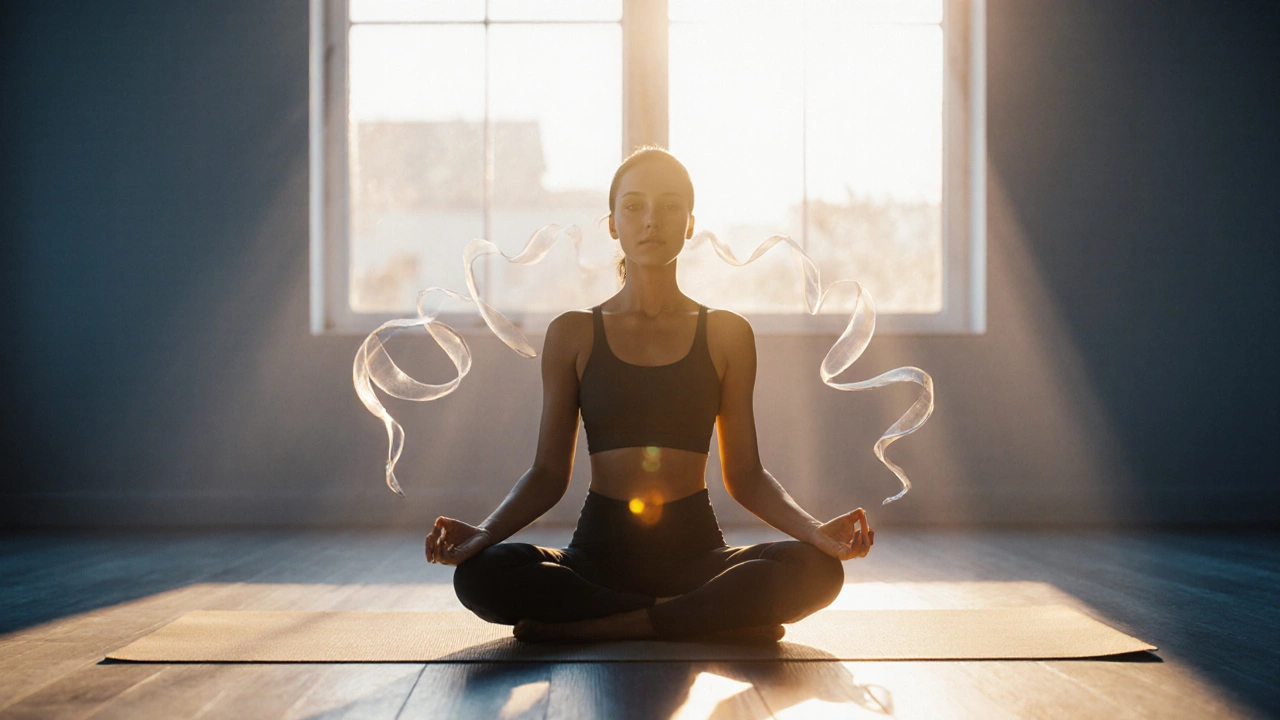When practicing yoga safety, the set of habits that keep your body protected while you move through each posture, you create a foundation for steady progress. Yoga poses, the individual asanas that make up a session are only as safe as the way you enter, hold, and exit them. Proper alignment, the precise positioning of joints and spine during a pose ensures that stress lands where it belongs, sparing vulnerable areas like the lower back or knees. Using props, blocks, straps, blankets or cushions that support the body is not a sign of weakness; it’s a practical tool that expands your range without over‑stretching. And let’s not forget breathing techniques, controlled inhalations and exhalations that guide movement and calm the nervous system. In short, yoga safety encompasses proper alignment, requires thoughtful use of props, and is enhanced by mindful breathing. Ignoring any of these elements can tip the balance from a healing practice to an injury risk.
First up, alignment acts like the GPS for your body. When your knees track over your ankles in Warrior II, or your shoulders stack over your hips in Downward Dog, you reduce unwanted torque on joints. Think of alignment as a conversation between bones and muscles—when they’re on the same page, the pose feels stable and the stretch is effective. Second, props are the unsung heroes for beginners and seasoned yogis alike. A block placed under your hand can keep your wrist straight, while a strap can bridge the gap when your hamstrings won’t cooperate. Using a blanket under the hips in seated forward bends eases pressure on the lower back, turning a risky position into a comfortable, safe one. Third, breathing ties everything together. Coordinating breath with movement—inhale to lengthen, exhale to deepen—helps you stay present and prevents you from pushing past your limits. When you notice a shallow breath, it’s a cue to back off or adjust the pose. Finally, listen to your body’s signals. A twinge in the shoulder, a tightening in the lower back, or a sudden loss of balance are all red flags that you need to modify or exit the pose. Treat each session as a dialogue, not a battle, and you’ll walk away feeling stronger, not sore.
With these basics in mind, you’re ready to explore the content we’ve gathered for you. Below you’ll find articles that break down the best times of day to practice, debunk weight‑loss myths tied to yoga, guide you through beginner‑friendly poses, and dive deeper into alignment tricks and prop usage. Each piece keeps yoga safety at the forefront, so you can enjoy the benefits of yoga without the setbacks. Dive in and discover practical tips that let you flow confidently, whether you’re on the mat for a quick morning stretch or a longer evening session.

Discover the single golden rule that guides safe, effective yoga practice, why it matters, and how to apply it on the mat.
READ